Sightseeing Spots
Search Results308
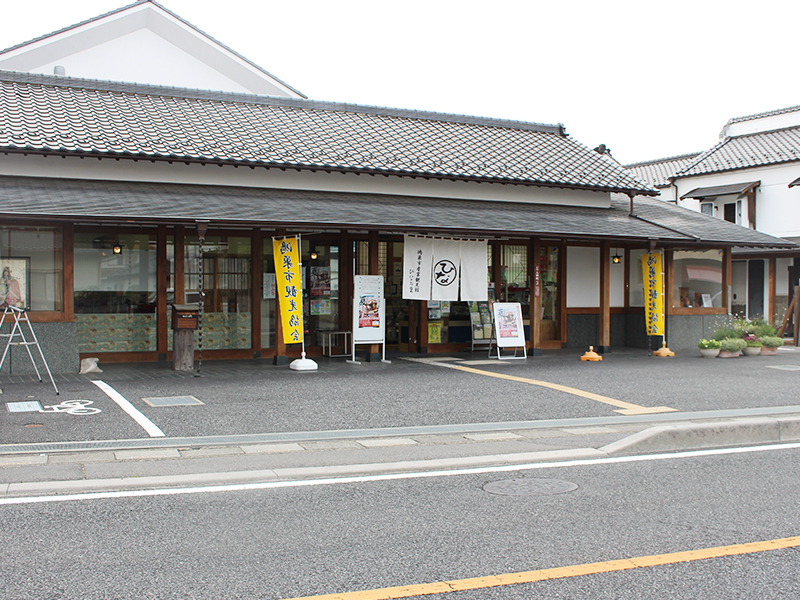
There are many exhibits that tell the history of Konosu Town as well as hina dolls and akamono dolls, a warehouse built in the Meiji period (designated as an important building of Saitama Prefecture's landscape), and a stage decorated with mosaic art. The museum also provides sightseeing information and sells local specialties. Make sure to stop by for an enjoyable time!
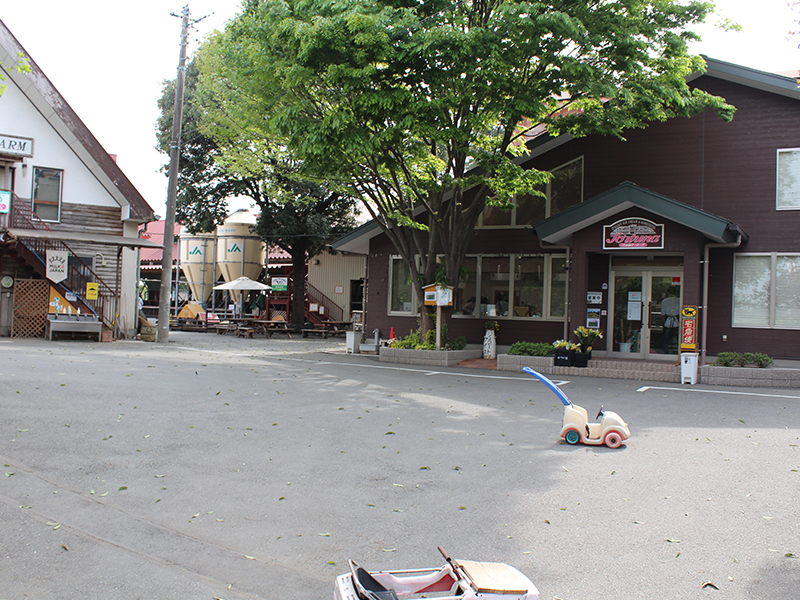
This dairy farm allows visitors to experience farm life and enjoy freshly made gelato ice cream and yogurt. In addition to dairy cows, the farm is home to a variety of animals, including chickens, Japanese Bantam (ornamental chickens), mini pigs, rabbits, guinea pigs, and more. Kids can also play with toy cars and tricycles donated to the farm by locals. Enjoy the view of the Arakawa River and its surrounding nature while tasting some of the best fresh gelato ice cream you've ever had. Enoboku, a miniature Hokkaido, hidden in the beautiful Ageo!

Hana no Oasis (flower oasis) is a park located in the Teraya district, the birthplace of flower production in Konosu. In spring, a tulip festival is held among 40,000 tulips. In autumn, you can enjoy the late-blooming sunflowers.
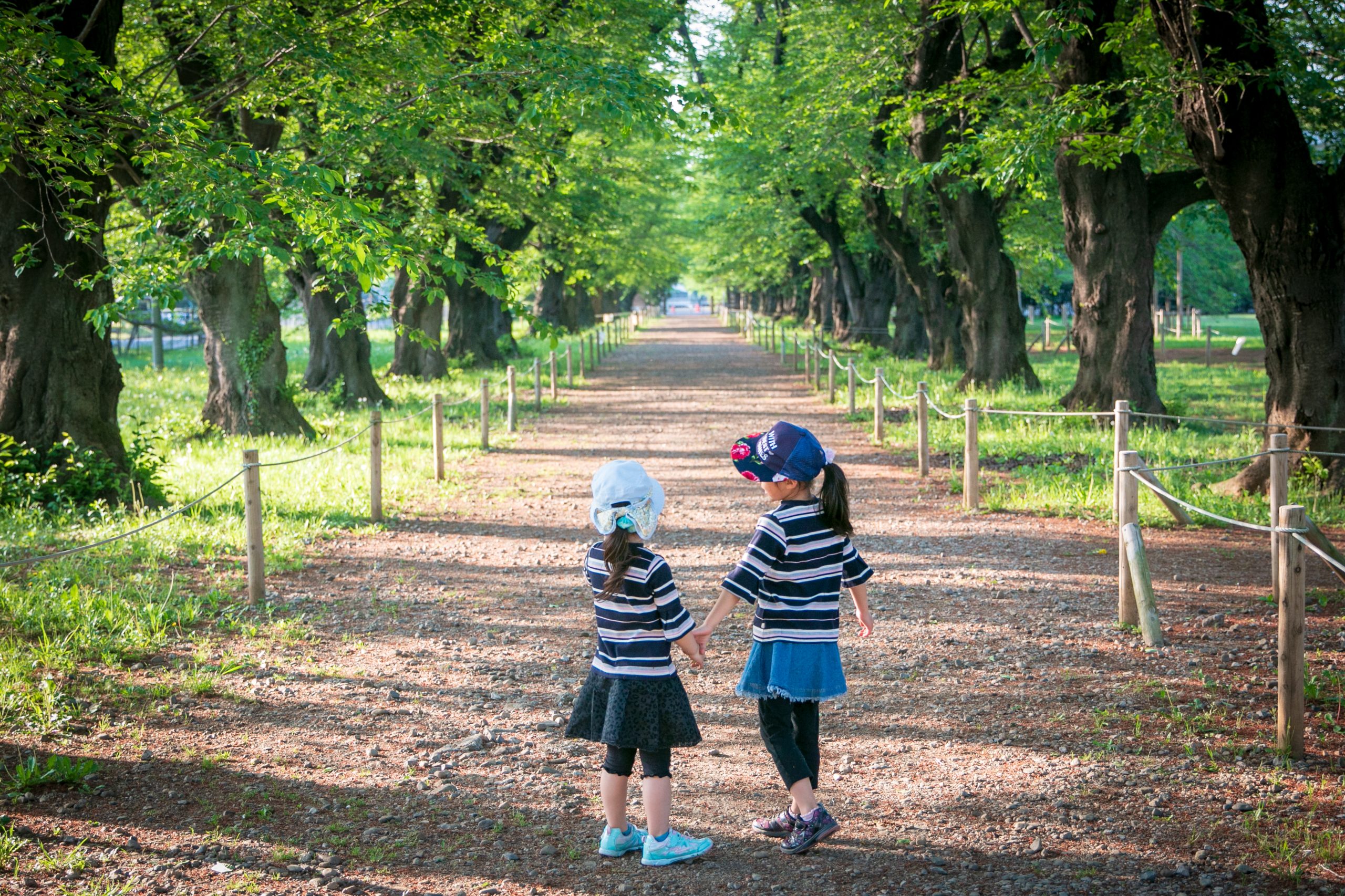
"Musenyama, KDDI Forest" is number thirteen of the fourteen designated Green Trust Conservation sites in Saitama. Located on the eastern edge of Ōmiya Plateau, the area consists mainly of jolcham oak and other deciduous broad-leaved trees. On the west side, there is also a row of Yoshino cherry blossom trees that attract many people in the spring. There was once a station for wireless transmission belonging to KDDI Corporation located here. As a result, the mountain area was nicknamed "Musenyama" (the wireless mountain), by locals.
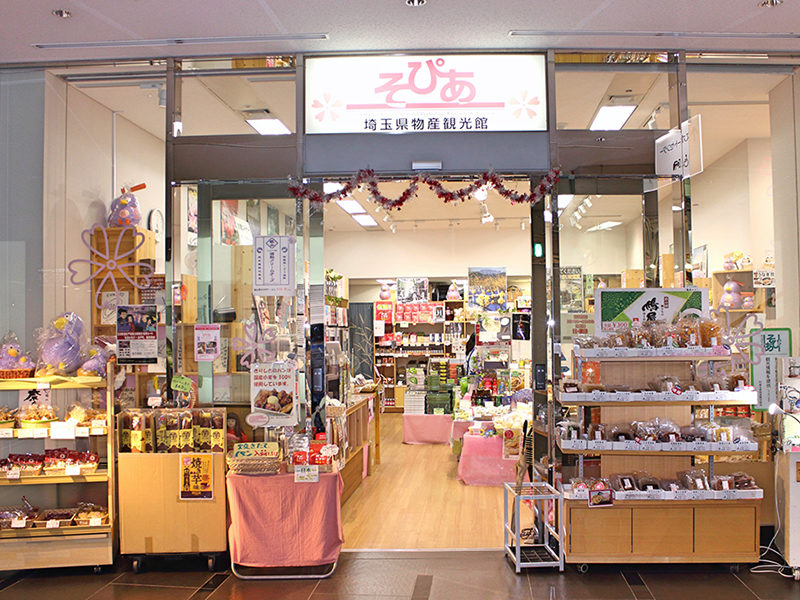
We sell over 450 types of souvenirs representing Saitama. In addition to the well-loved Sōka Sembei (rice cracker), we also sell many popular products unique to the Saitama area, such as Koedo Kawagoe Imo (sweet potato) sweets, Ajino Sayamacha, locally brewed alcohol and traditional crafts and goods featuring Saitama Prefecture’s mascot “Kobaton."
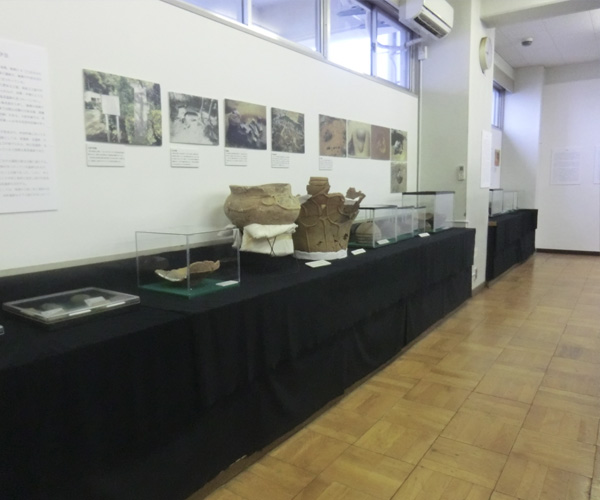
Visitors can learn about the rich nature and national treasures of Ina Town through the comprehensive exhibitions on local nature, geography, history and folklore on display. This museum moved to inside Ina Municipal Minami Junior High School in April 2016. Feel free to stop by, view the exhibitions and deepen your love and understanding of the wonderful Ina Town.
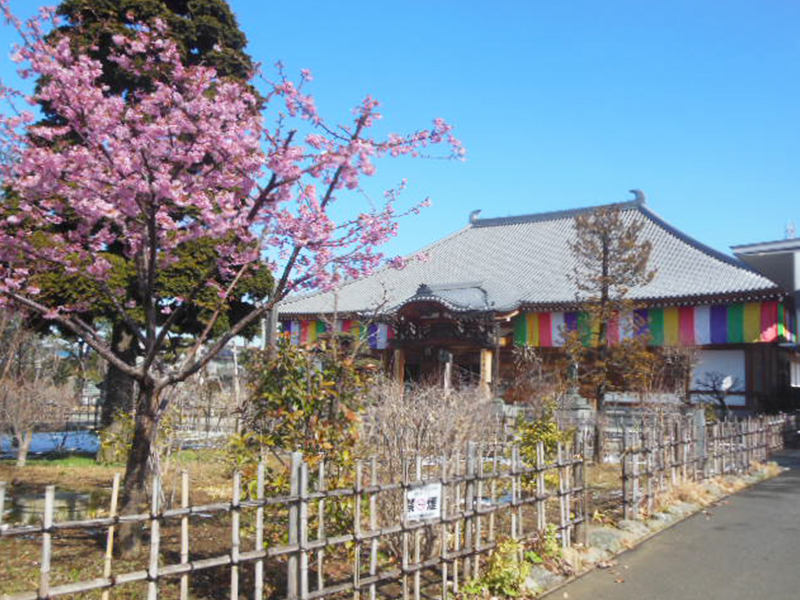
Henjoin Temple was founded in 1394 during the Muromachi period Oei Era (1394). The main deity of the temple is the Great Sage Fudo Myoo. He is believed to take the form of pure anger in order to guide those whose sins are so deep that they can't be brought on the right path in any other way. He is worshipped as a Buddha who fulfills wishes, prevents disasters, and provides wealth.
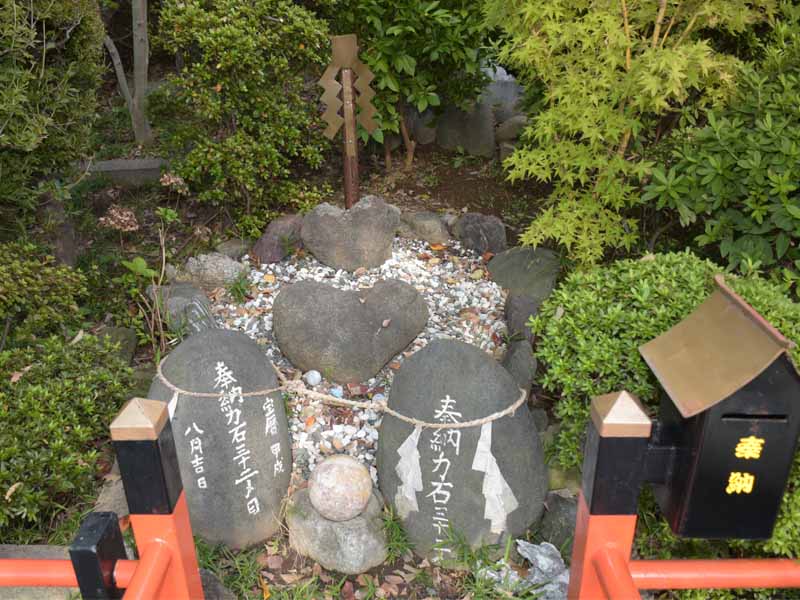
The date of its establishment is unknown, but it is said to have been built either in the Meiō period (1492-1501) or in the first year of Jokyo (1684). It is said that when a Buddhist priest named Genkai visited the Fushimi Inari, he built a sutra mound with 10,000 Lotus Sutras buried inside. In the precincts, you can also find a shrine dedicated to Shingoro Takahashi and his wife Ise, who developed Warabi's textile industry, and a heart-shaped stone known to grant visitors success in their pursuit of love.
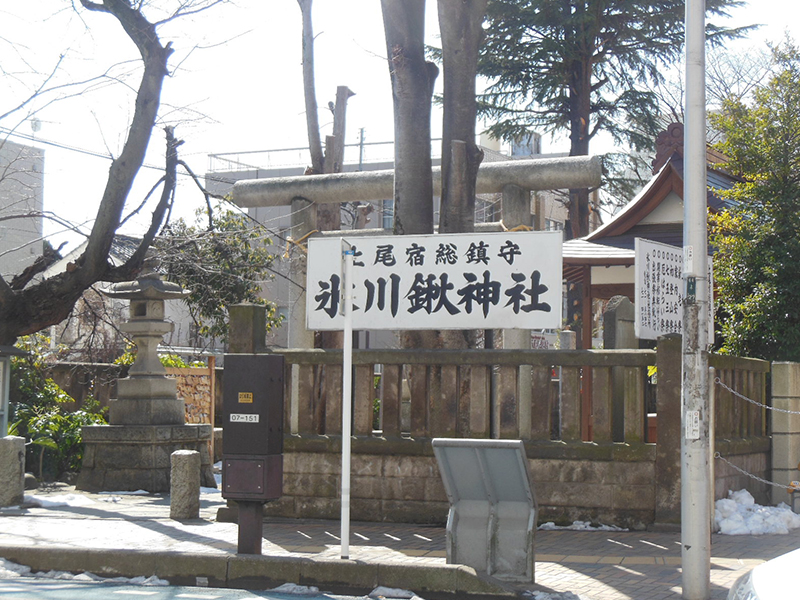
Hikawakuwa Shrine has been a local favorite since its establishment during the Edo period. In addition to the main shrine, the grounds include two halls dedicated to the god of learning, Tenjin, and Chinese philosopher, Zhu Xi. There is also a shrine monument to the life of Unmuro, the Hall of Prince Shotoku, and the Sengen Shrine.
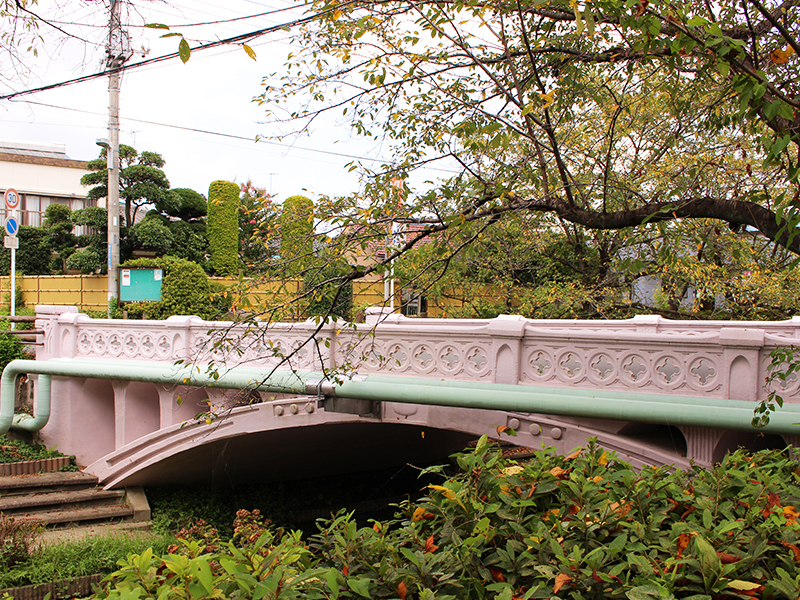
Eight of the total sixty-one kilometers of the Motoara River run through the Fukiage area. There are seventeen bridges on the river, including the Shinsaga Bridge, a Civil Engineering Heritage Site selected by the Japan Society of Civil Engineers. Many of the bridges are decorated with poems and sculptures, making exploring them a perfect activity for some leisurely sightseeing!
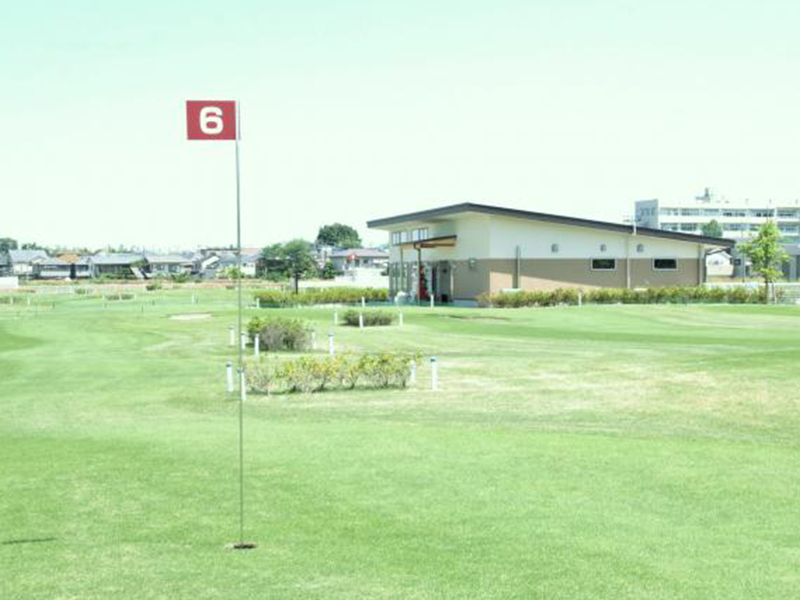
This district park is known for its stunning lawn of green grass and 18-hole golf course. In addition to the golf course, there is also a children's area, a multipurpose plaza, and a parkway that can be used for jogging and other activities. The park enables people from different generations to meet and enjoy spending a relaxing and healthy time together outdoors.
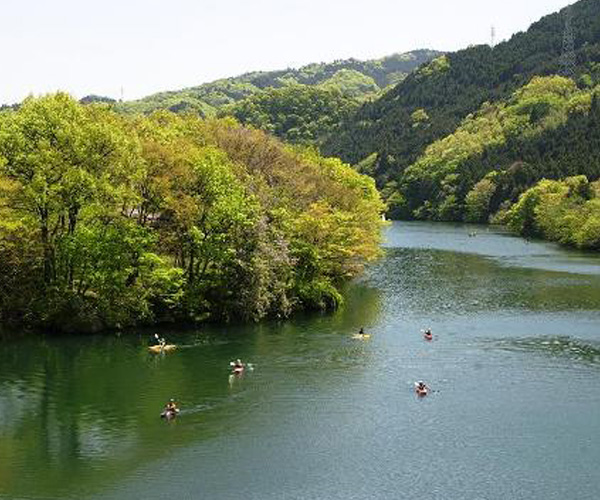
The dam constructed on the Arakawa River in Yorii Town is called the "Tamayodo Dam," and the artificial lake created by the Tamayodo Dam is known as “Lake Tamayodo (Tamayodoko).” Visitors can enjoy activities such as canoeing and rafting on this peaceful lake known for its highly transparent water and surrounded by forest. It is also a famous spot for autumn leaves in Yorii Town.
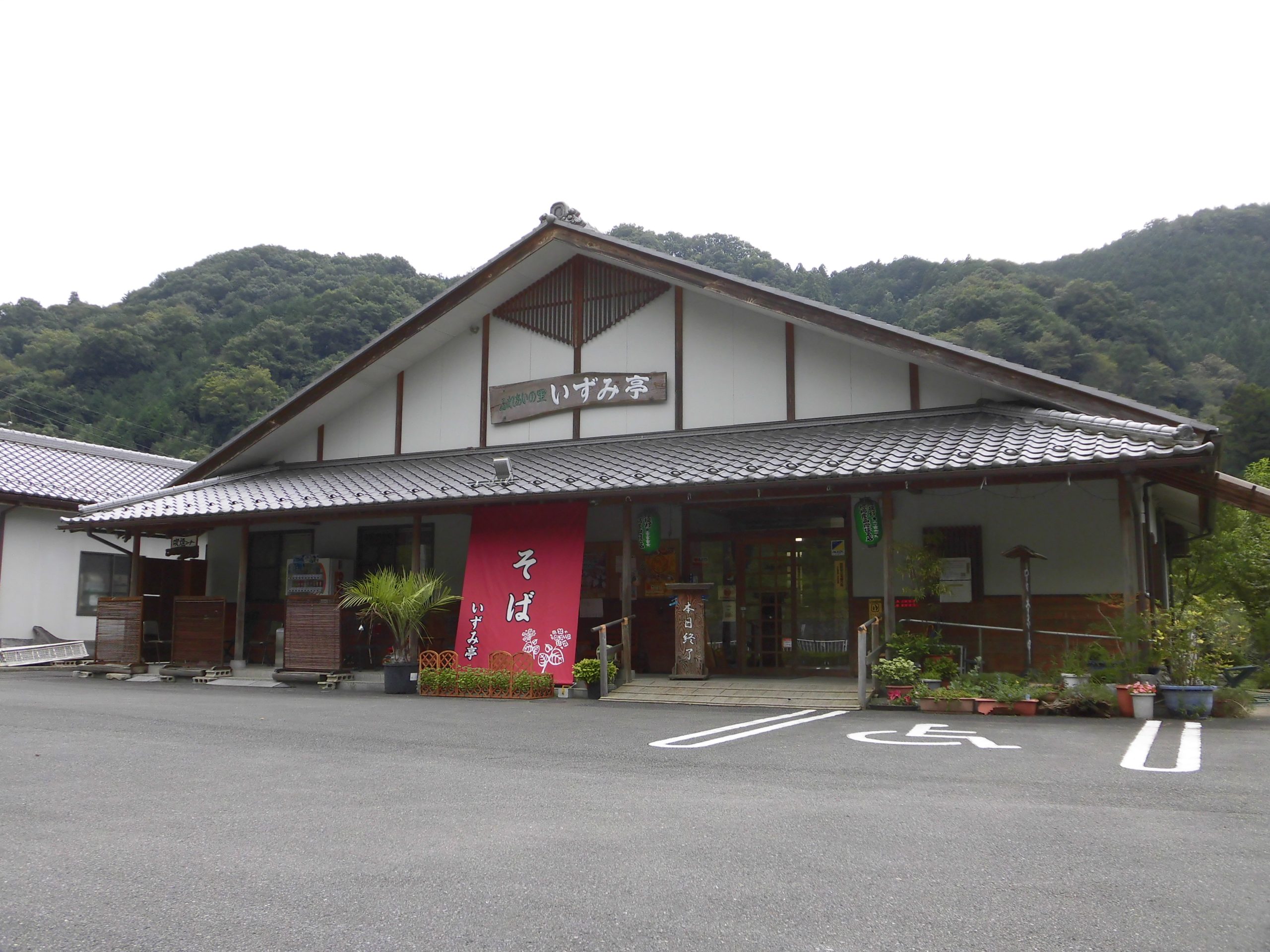
A shop that sells handmade soba made from 100% local buckwheat flour. They also use ingredients which are grown pesticide free or use 50% lower pesticides certified by the prefecture. Izumi-tei offers dishes made from ingredients at the peak of freshness and cultivated with the highest level of safety. Soba making experiences are also available with a reservation.
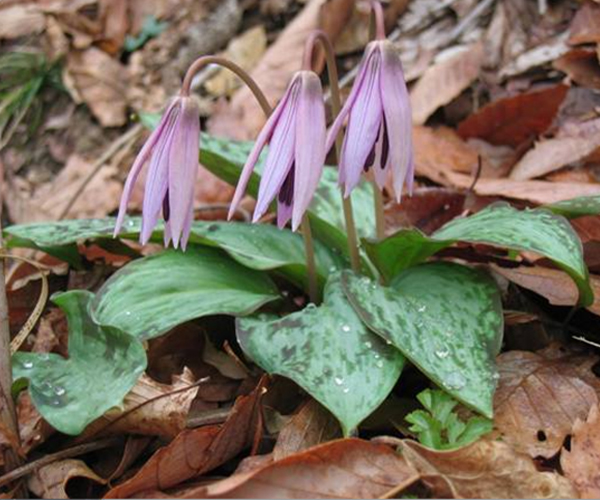
As spring approaches, the Asian fawn lily blooms throughout the mountains and forests of the Tsuburata district. The area is bustling with hikers during the peak bloom season of late March to early April.
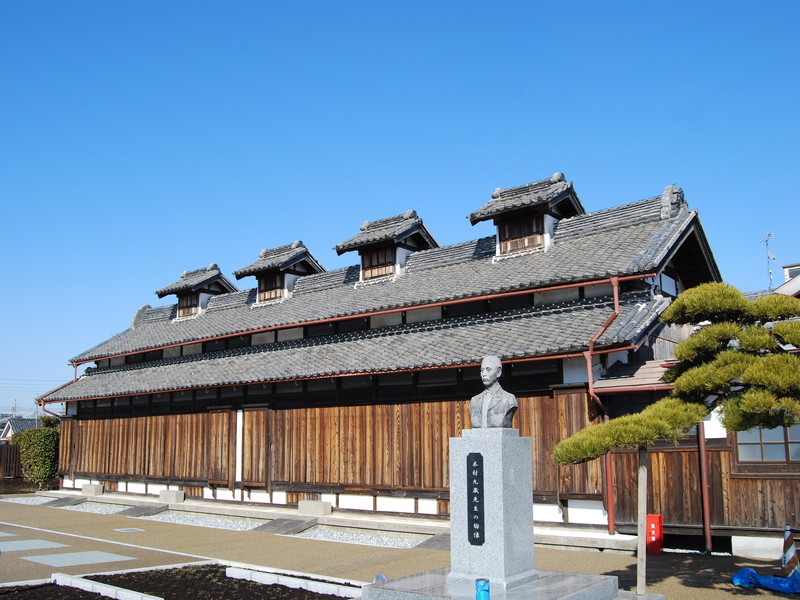
Built in 1894 by Kimura Kuzō, a company that pours its utmost effort into improving sericulture technique, this facility is a designated cultural property of Saitama Prefecture. It is a modernized inheritance (Silk Industry Heritage) where visitors can get a glimpse of the industry of sericulture.
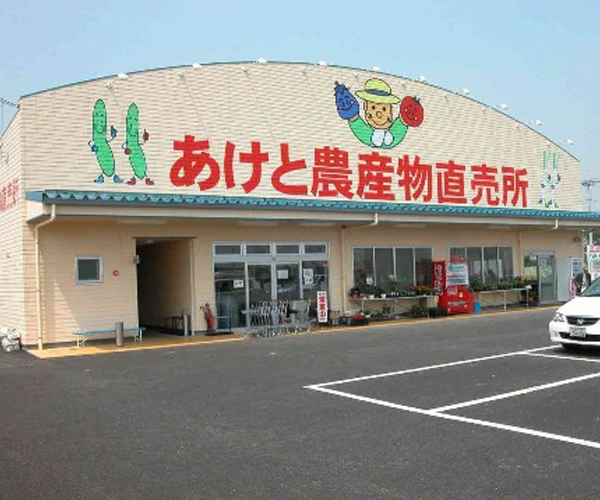
Aketo Farmers Market is a direct sales market founded by investments from local farmers who wished to provide fresh vegetables from the production center of "Fukaya" directly to consumers, and is operated by Aketo Farmers' Market Ltd. They sell local agricultural products and processed goods which are manufactured using local ingredients.
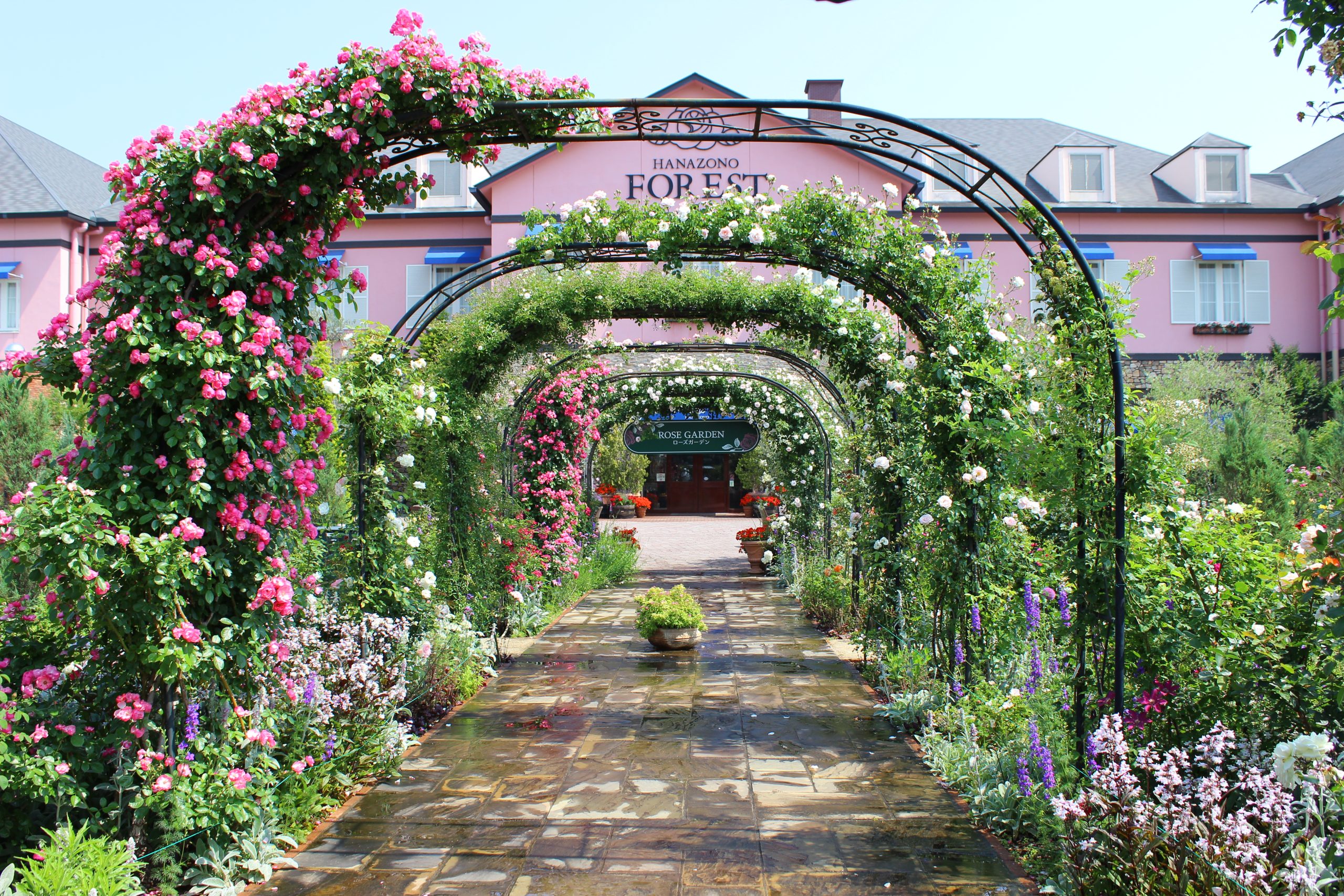
Hanazono Forest is a sweets theme park modeled after a quiet European mansion, just two minutes away from Hanazono Interchange by car. Baumkuchen, sweets and souvenirs perfect as gifts, cakes and gelato specially selected by pastry chefs, freshly baked bread and outlet products are also available. Enjoy your favorite pastry or bread while strolling in the vast, beautiful rose garden.

This riverside course has a mix of flat and undulating greens and is blessed with a rich natural scenery, with a view of the three mountains of Jōmō and Mt. Asama, and a carpet of red spider lilies in bloom during peak season. The specialty of the course is No. 17, a 595-yd (regular), par 6, extra-long course.
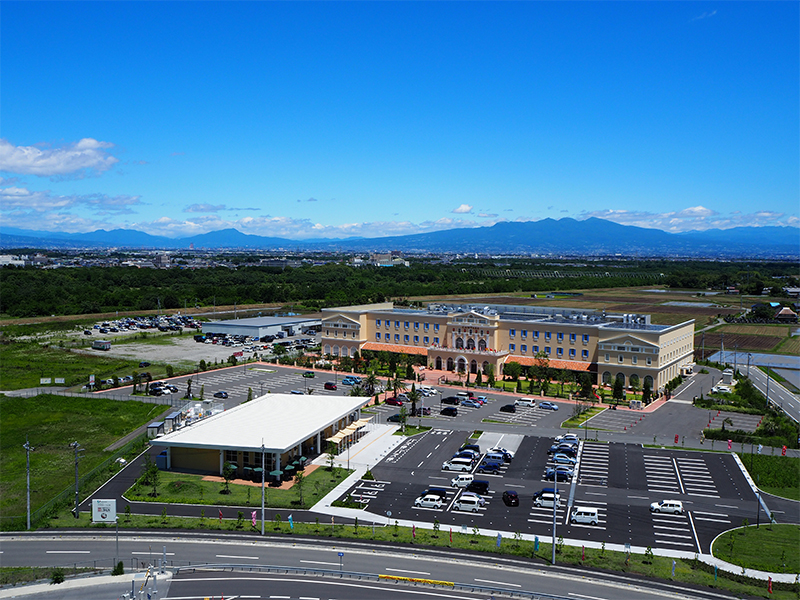
Located right by the Kamisato Smart IC for great accessibility. You can shop for seasonal fruits and vegetables, western and Japanese sweets, and even experience harvesting the fruits and vegetables yourself! Look forward to further developments from Kamisato Town as a center of tourism!
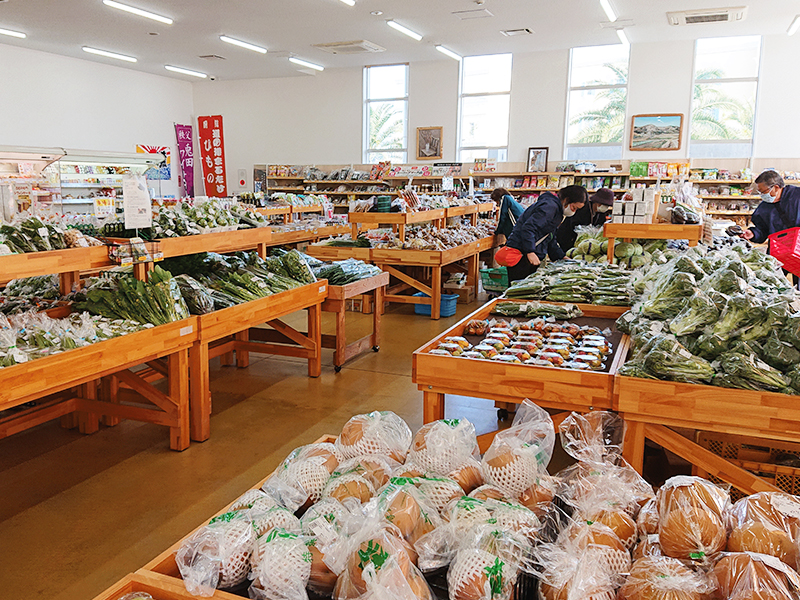
Located right next to the Kamisato Smart IC, this store is packed with fresh produce representative of Kamisato, such as pears, strawberries, corn, cucumbers, and tomatoes. The store is also popular for holding events featuring seasonal fruits and vegetables, such as the Corn Fair, Pear Fair, and Strawberry Fair. In the food court attached to the store there are a local handmade udon noodle restaurant called Kiyanchi and a handmade hamburger steak restaurant with its head office in Sengoku (Tokyo) called Grill K Farms which attract many lunchtime visitors from near and far.
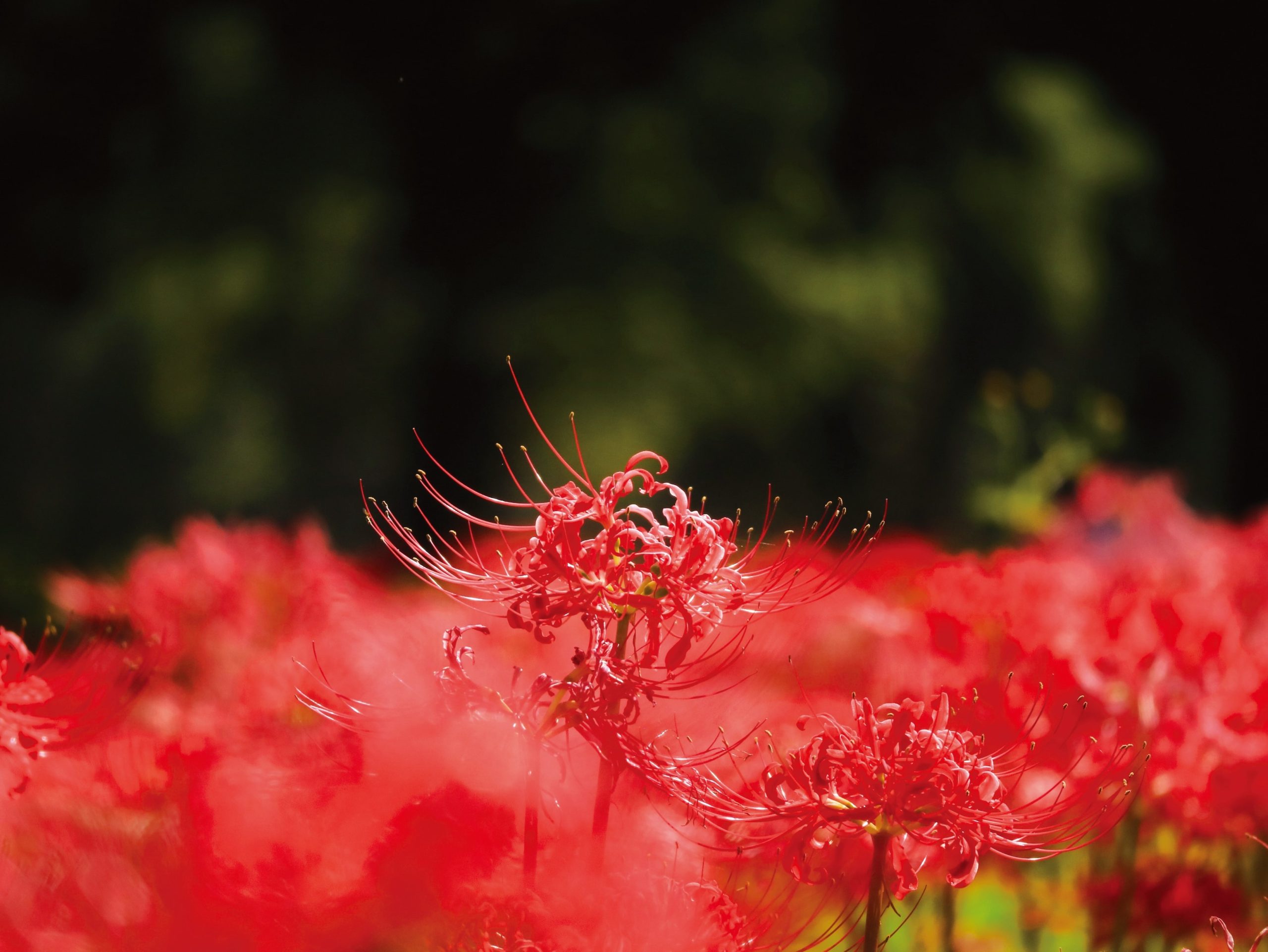
This field of spider lilies was planted on the banks of the Karasu River by local volunteers. The carpet of red flowers blooms along the Karasu River in autumn, with Mt. Haruna and the clear blue sky providing the backdrop for a spectacular view.

At this park on the Kanto Friendship Trail (Kanto Fureai no Michi), the blooming flowers around the Shimokubo Dam (Lake Kanna), visible from below on the north side, are the delight of many tourists from spring to autumn. In addition, around 600 rare winter cherry trees blooming in the park from late October to early December create a very special atmosphere. There are also campsites, restaurants, souvenir shops, BBQ areas, observation decks, and more. It's the perfect place to enjoy a day of fun with the family!
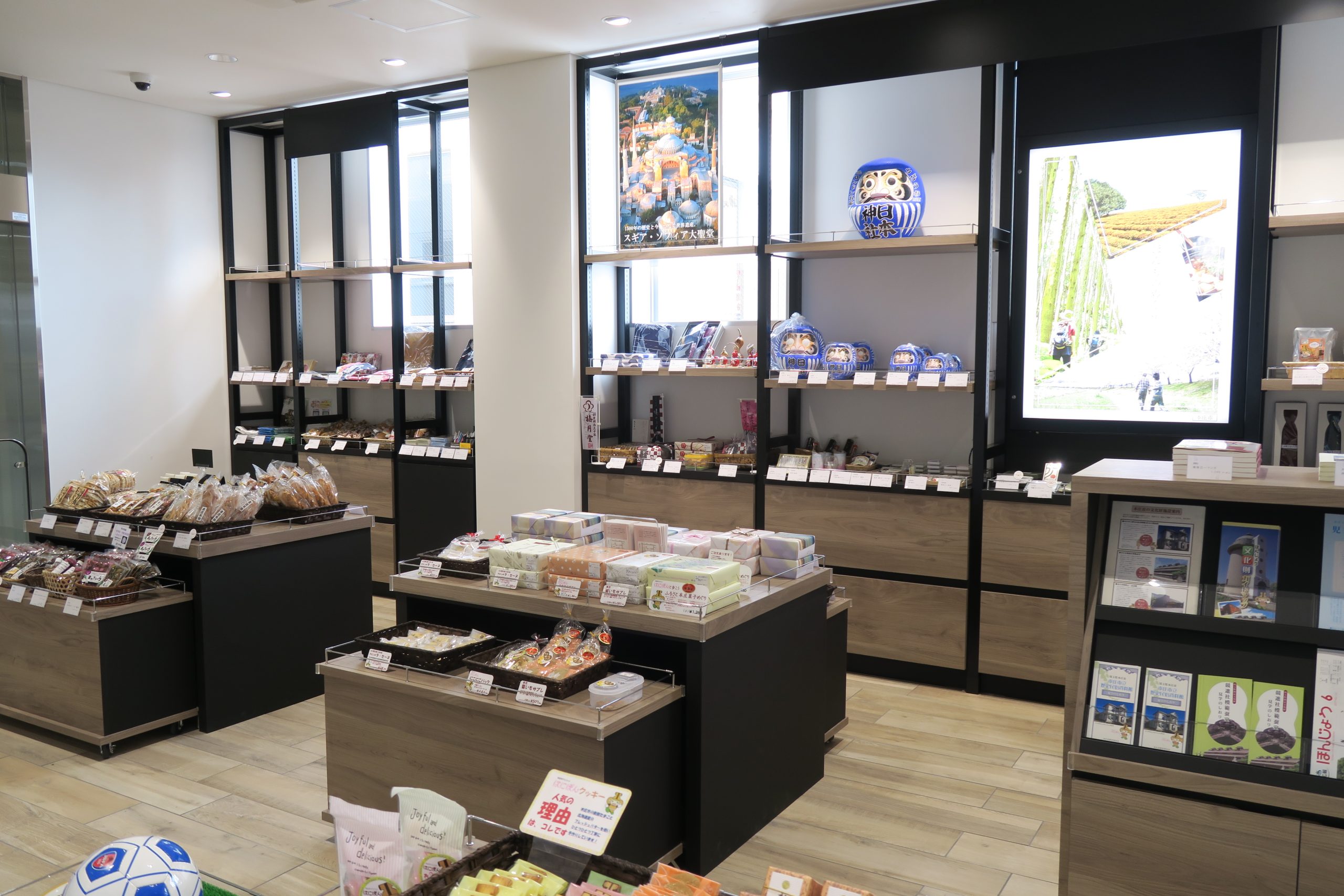
This is a tourist information center located in Honjō Station of JR Takasaki Line. Visitors can obtain tourist pamphlets and information regarding the city and purchase Honjō City’s souvenirs. Sweets and Japanese goods recommended by the Honjō City Tourism Association and Honjō Kasuri silk are also available.
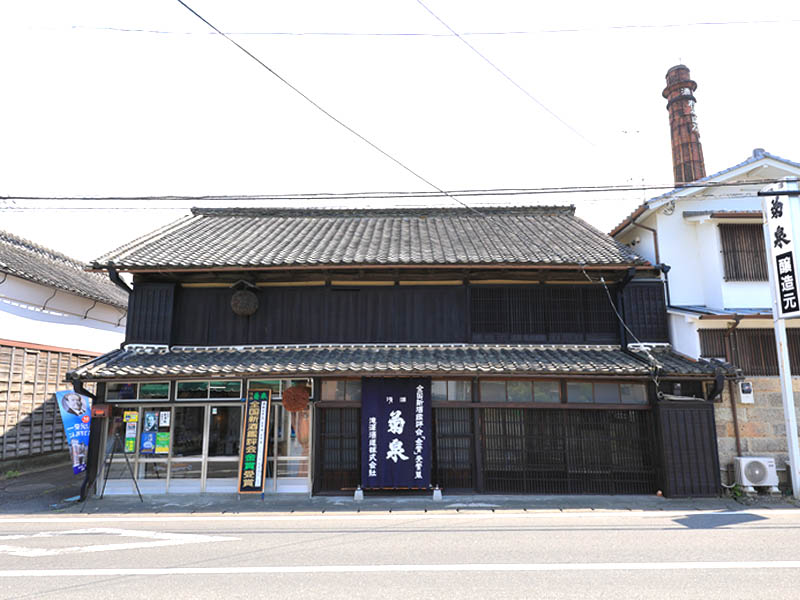
This sake brewery guards traditional techniques that have been in use since 1863. "Tradition is innovation" is their motto that gave birth to their sparkling sake, a product that has gathered attention and been praised, both domestically and abroad. Visit the brewery, interact with the brewers, and come in contact with the history and tradition of Japanese sake!
This site uses cookies to improve the user experience. If you continue to browse, you consent to the use of cookies on this site. Accept
CONTACT
